China has operated the world's first network coverage across maritime routes with 100-kilometer level 5G-advanced (5G-A) integrated communication and sensing low-altitude, injecting new momentum into the nation's development of new quality productive forces.
Empowered by the 5G-A network, drones can deliver seafood from Zhoushan, in East China's Zhejiang Province, to East China's Shanghai Municipality, over a distance of 177 kilometers within an hour, telecom operator China Mobile said on Tuesday.
Shanghai, one of China's economic hubs, is in great need of such technology to support its economic development, including the establishment of efficient communication facilities in unmanned maritime areas, Wang Ya'nan, chief editor of Beijing-based Aerospace Knowledge magazine, told the Global Times on Tuesday.
Through drone-based maritime transportation, seafood from Zhoushan can be transported to Shanghai within an hour and be served to consumers in a restaurant within about two hours, significantly ensuring the quality of seafood.
China Mobile said that it has deployed 5G-A integrated commercial base stations in Zhejiang and Shanghai. These are used for low-altitude drone transport, enabling real-time monitoring of drones' height, position and trajectory, as a key step in the low-altitude economy.
The complete 5G coverage is essential for China, serving as a cornerstone for its economic infrastructure, Wang said, and the significance of 5G extends beyond drone-based cross-sea transportation, potentially affecting marine rights protection and island development, not only Shanghai, Wang said.
Drones can achieve precise flights surpassing 100 kilometers in the 5G-A covered maritime areas, primarily due to the adoption of multi-band coordination and low-altitude coverage optimization, which enabled comprehensive 5G network coverage across the maritime area within the altitude of 300 meters and a horizontal distance of 100 kilometers.
China urgently needs to implement 5G-A-related technologies in specific scenarios to discover commercial efficacy and development potential, which will facilitate the exploration and enhancement of relevant platforms and infrastructure, Wang added.
Wang said that the development of the low-altitude economy in China and around the world may require increased government support. This includes establishing highly intelligent technology management platforms and digital air traffic management systems. The solution of these issues following widespread adoption can provide significant impetus for the development of new quality productive forces in China.








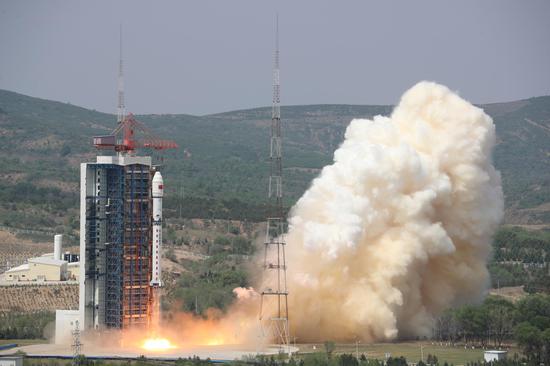



















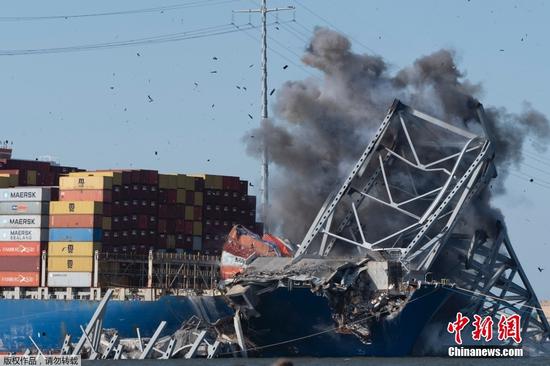







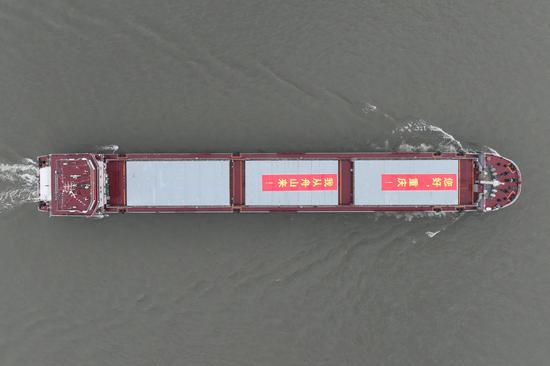

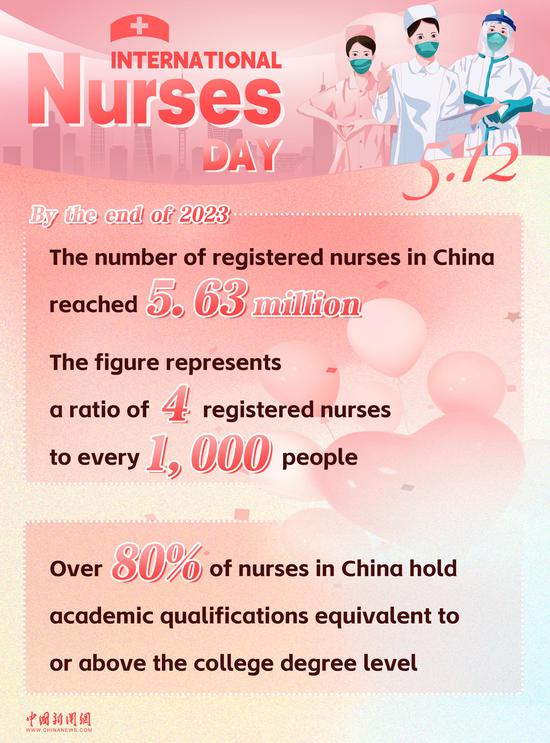


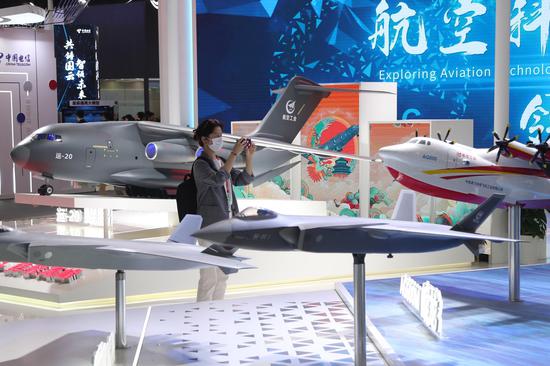




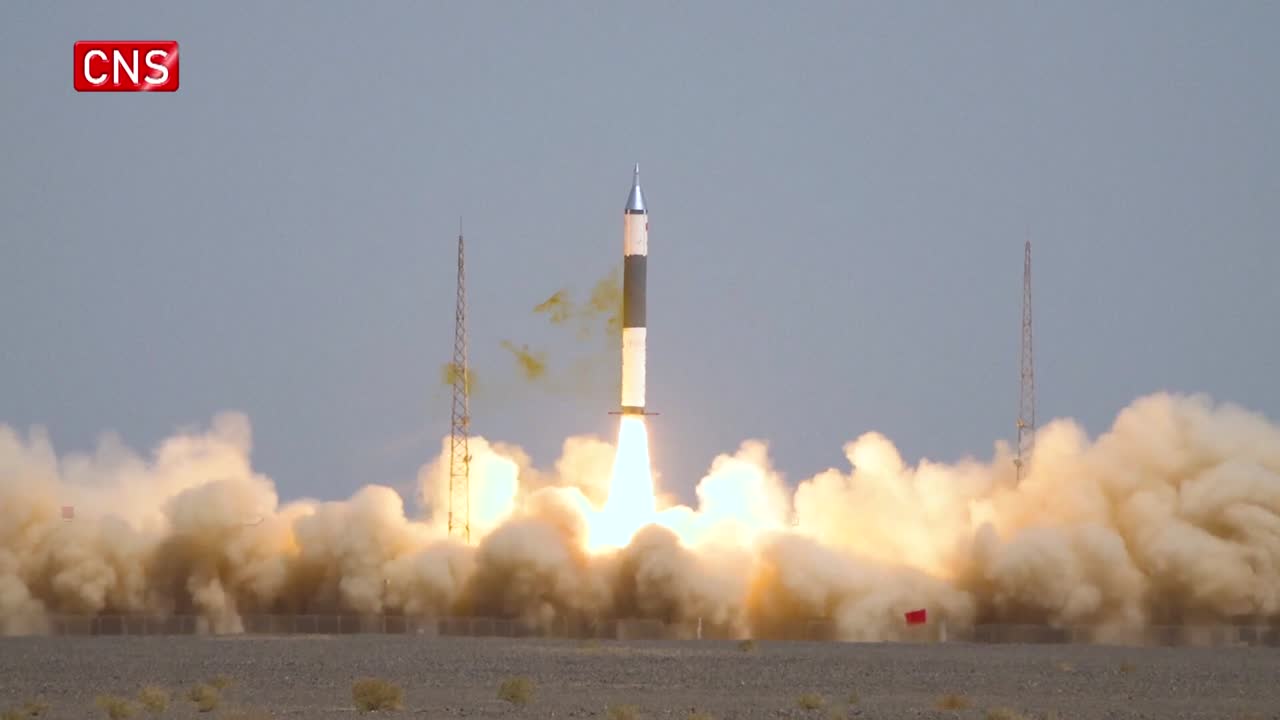



 京公网安备 11010202009201号
京公网安备 11010202009201号